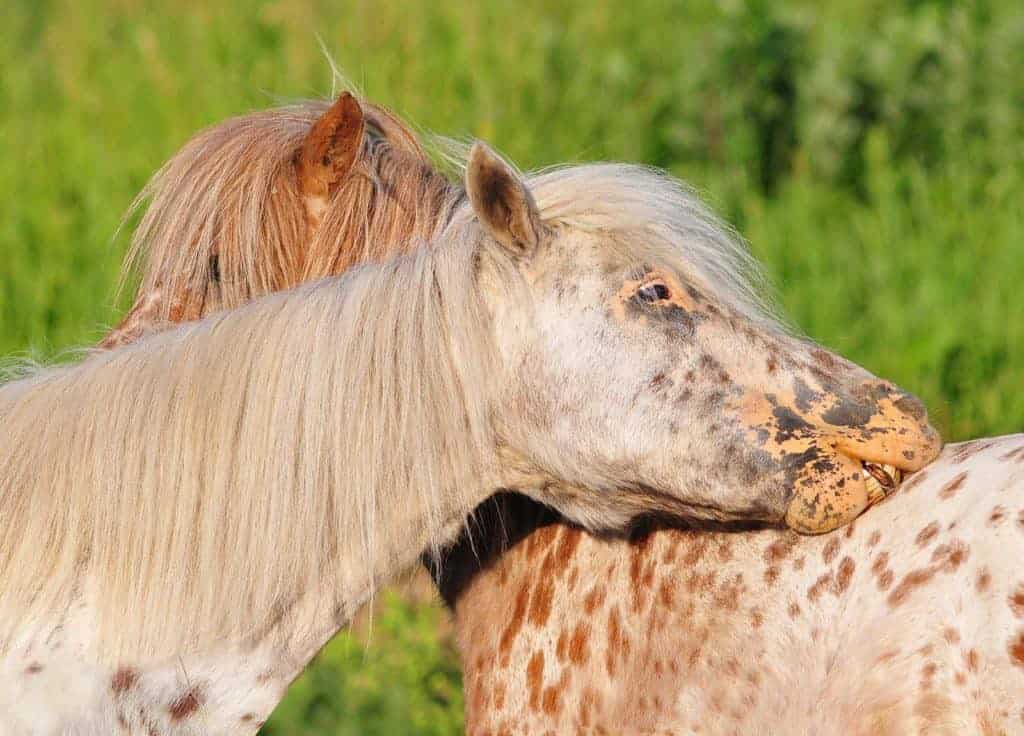Bee Swarm Responsible for California Horse Death
Swarming bees are being blamed for the death of a horse in Riverside Calif.
Swarming bees are being blamed for the death of a horse in Riverside Calif.
The APHA has introduced the University of California, Davis, as its official genetic testing provider.
Skin and subcutaneous (under the skin) tumors in horses comprise 50-80% of all equine neoplasia (tumors).
Now is the time for horse owners to assess the lingering effects of spring’s wet weather.

Dermatitis–simply, skin inflammation–is relatively common in horses, whether its cause is an allergic

Some skin conditions in horses are caused by fungus and bacteria, while others are caused by external factors
Sweet itch is one of several seasonal allergies that a horse might encounter.
If your horse doesn’t live in a tropical or subtropical region, you’ve most likely never had to worry about equine pythiosis, a relatively rare and sometimes fatal skin infection that causes tumorlike masses and ulcerated lesions in horses. But

Dr. Stephen White of the University of California, Davis, discusses common skin problems in horses resulting from bacterial/fungal infections, such as pyoderma, vasculitis, and Staphylococcus infections. Treatments are also covered.

Like humans, horses are susceptible to sunburn, especially on the non-pigmented pink-skinned areas of the body. Sunburn is most frequently seen around the eyes and on the muzzle of pale or white-faced horses.
In the world of blood-sucking tabanid flies, a white horse is not nearly as attractive as a brown or black horse, noted a group of researchers from Hungary, Spain, and Sweden.
This interesting tabanid tidbit is likely to be welcomed

My neighbor has a major problem with sunburn on her Appaloosa mare. She is a black mare with spots on her rump that sunburns easily. We have not been able to find anything that has helped it. What do you recommend to help it heal?
Latherin, a soaplike protein in horse sweat and saliva, helps spread sweat over the coat, maximizing evaporation of water for heat loss, and causing the foam that we see when horses sweat profusely. Latherin is also found in saliva, which might
In the spring and summer my Paint mare has a rash-type skin problem around her nose and moving to her shoulders. It starts out looking like what we were told was dew poisoning, but it has spread to the point of bumps, scabs, raw sores, and bleeding.
Despite the fact that 20% of racehorses in the southern United States are affected by anhidrosis–the inability or decreased ability to sweat–the underlying causes of this medical condition remain unknown.
Sweating is the primary mean
Stay on top of the most recent Horse Health news with
"*" indicates required fields